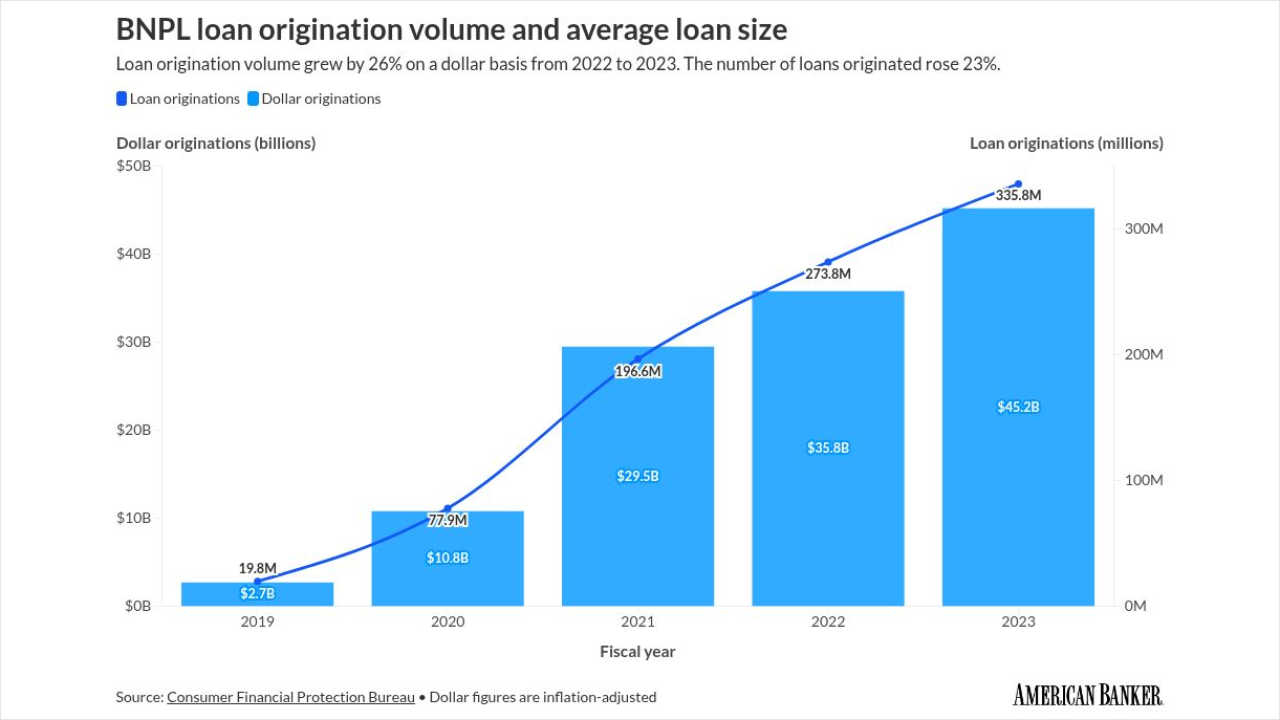Kathy Kraninger, the director of the Consumer Financial Protection Bureau, gave more support Tuesday to the Trump administration's position that the agency she runs exceeds constitutional limits.
Kraninger told congressional leaders and CFPB staff that she backs a legal effort urging the Supreme Court to hear challenges to her own power. Numerous cases in the courts system argue that limits on a sitting president's ability to fire a CFPB director are unconstitutional.
So far, the courts have supported the statutory provision that a CFPB head can only be fired "for cause," not simply at the president's discretion. But Republicans have claimed for years that that provision gives a CFPB leader, who does not answer to a board or commission, too much unchecked power.
Kraninger, a Trump appointee, sent letters Tuesday to House Majority Leader Mitch McConnell, R-Ky., and House Speaker Nancy Pelosi, D-Calif., stating that the CFPB is joining the Justice Department in supporting a Supreme Court review of a case pending before the 9th U.S. Circuit Court of Appeals.

“I have decided that the Bureau should adopt the Department of Justice’s view that the for-cause removal provision is unconstitutional,” Kraninger wrote. “A Supreme Court decision holding that the for-cause removal provision is unconstitutional should not affect the Bureau’s ability to carry out its important mission.”
An appeals court affirmed the CFPB’s single-director leadership structure as constitutional in January 2018. That means the president can only remove a CFPB director for “inefficiency, neglect of duty or malfeasance in office.”
Kraninger said separately in an email to staff that she does not normally comment on pending litigation, but wanted to explain her position. Her stance is somewhat unusual given that, should the Supreme Court knock down the for-cause provision, it would increase the likelihood that she could
But she told staff that a final decision on the agency's leadership structure would benefit the CFPB's work.
“Getting closure on this constitutional question is going to ensure that we are even better equipped to accomplish the mission, and I look forward to that clarity,” she wrote.
Questions about the CFPB’s constitutionality have dogged the agency from its inception in 2011 and have been used to slow down litigation against corporate wrongdoers.
“From the Bureau’s earliest days, many have used the uncertainty regarding this provision’s constitutionality to challenge legal actions taken by the Bureau in pursuit of our mission,” Kraninger wrote to staff. “Litigation over this question has caused significant delays to some of our enforcement and regulatory actions. I believe this dynamic will not change until the constitutional question is resolved either by Congress or the Supreme Court.”
Kraninger said the agency now supports Supreme Court review of CFPB v. Seila Law, a case involving a California firm that the bureau tried to investigate in 2017. Kraninger said the case “raises the question of whether or not the [for-cause removal] provision unconstitutionally limits the President’s Article II executive authority.”





